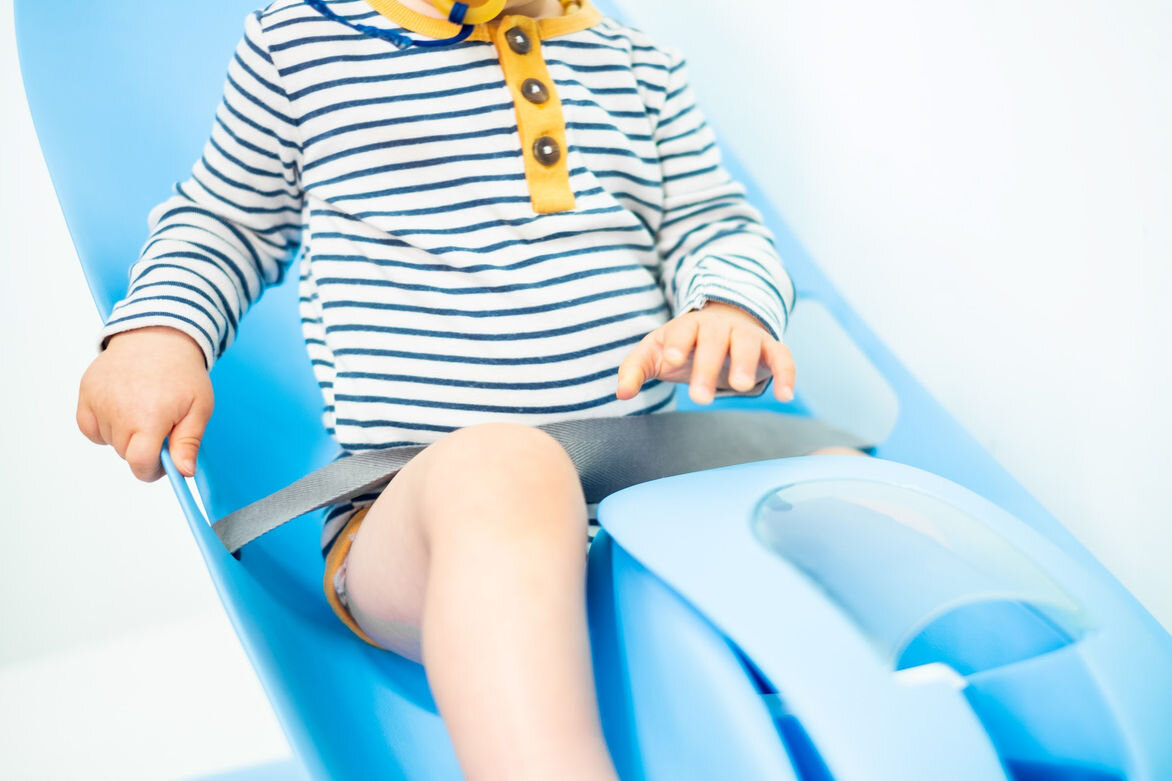Congratulations to our Finalists in the New Zealand Best Design Awards
Ara Manawa works to solve problems in healthcare through innovative design of spaces, services, products and experiences. One of the ways we do this is through connecting students at New Zealand’s universities with real world opportunities to develop meaningful research propositions. Five of the students we have worked with are finalists in the year’s Designers Institute of New Zealand Best Design Awards. These students have used design thinking to approach current problems within healthcare and create innovative solutions that offer positive change for clinicians, patients and communities. Whakamihi to these talented students!
Clean Catch: Samantha Hughes
Clean Catch is a paediatric urine sample collection device that reduces instances of unnecessary antibiotic prescriptions and traumatic catheterisations of babies in emergency care. As well as being a finalist in the Best Awards, Clean Catch is runner up for the James Dyson Award and a Red Dot design award winner.
See Samantha’s work on the Best Awards’ website.
Eudaimonia: To Flourish - Fauzia Mortuza
Fauzia’s concept for a Cancer treatment building investigates the healing potential of cultural and spiritual dimensions of an environment. She drew on her own experience as a practicing Muslim and supporting her mother through cancer to explore a non-Western, patient focused and holistic approach to the medical environment. Her design features an interdenominational faith space and considered connections to nature and the cultural history of the site. The entrance space is informed by pōwhiri ritual and intends to convey a sense of welcome to patients and whānau.
See Fauzia’s work on the Best Awards’ Website.
Levo - Carmen He
Carmen’s research aimed to improve the ease and experience of daily tasks for those with Parkinson’s Disease. Levo is an ergonomic pill bottle that makes taking medication more user-friendly for people with dexterity issues or weakened grip.
See Carmen’s work on the Best Awards’ Website.
Hospes: A curatorial approach to complexity in the city - Kavita Sharma
Kavita created a concept for the Greenlane site to better integrate the campus with the city, provide for inter-agency government collaboration, and provide a village of accommodation for the needs of trainee staff, rehab patients, homeless, and others. This holistic design envisages the ways people, services and environment can be curated in a mutually beneficial ecology of complex connections.
See Kavita’s work on the Best Awards’ Website.
Mobility & independence - Briar Patel
Briar designed a walking stick that transforms into a three-legged device that assists standing up from a char. The design combines concerns around safety and ease of use while promoting strength and rehabilitation. Briar worked with patients and clinicians to deeply understand everyday mobility and independence struggles many elderly people encounter daily.
See Briar’s work on the Best Awards’ Website.
Kei te pai to these talented students.
Ko te pae tawhiti whāia kia tata,
Ko te pae tata whakamaua kia tīna.
Seek to bring distant horizons closer, and sustain and maintain those that have been arrived at.
This affirism encourages people to have vision, and to strive to bring that vision closer to a realisation. What has already been achieved must be strengthened and nurtured. It is difficult to say what is impossible for the dreams of yesterday are the hopes of today and the realities of tomorrow. A person must be ever determined to find ways of creating benefits for other humans.
November 2020
AUTHORS
Vanessa Duthie, Ara Manawa
THANKS
Special thanks to all at the Auckland DHB who were involved in these projects.





